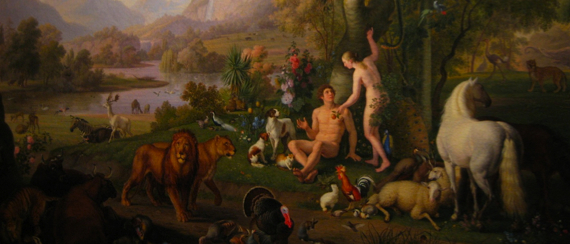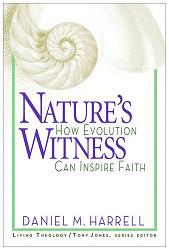
the original man and woman formed from the dust of the Earth, brought to life by the breath of God, and placed in a beautiful garden with a mysterious tree whose fruit gives knowledge. Their story provides a foundation for the rest of the Bible. Paul, for example, refers to Christ as the second Adam, for just as Adam’s action of eating the forbidden fruit brought death into the world, so Christ’s sacrifice for humanity brought life.
However, as we note in one of our Questions, modern scientific evidence seems to contradict a literal reading of Adam and Eve. Recent genetic evidence points to a population of thousands — not just two — from which all humans descended. Furthermore, fossil and DNA evidence seem to support a gradual creation in which humans and animals are related. Even the tensions between the two creation accounts of Genesis 1 and 2 make it difficult to reconcile chronological details.
Yet, if we reject a literal reading of Genesis, isn’t the story of Adam and Eve no longer important? Not at all. As Darrel Falk writes in his book Coming to Peace with Science:
“There is a good reason for God’s putting the creation story in the form he did. The story of Adam and Eve is our story. It is not simply the story of an ancient couple who lived in a garden. If that is all we see, we are missing a gift that God gives to us. He wants more than anything to tell us how much he loves us, and the story of Adam, Eve and a garden is the story of Jesus, you and I, and life in God’s presence.”
–page 221
The beauty of Adam and Eve’s story is how it communicates the love of an all-powerful creator who still lowers himself to the level of his beloved creations. Is Genesis a historical account or simply allegory? As Falk reminds us, “Regardless of the historicity of Adam and Eve, their story is our story and the truthful meaning of the story comes from God.”

